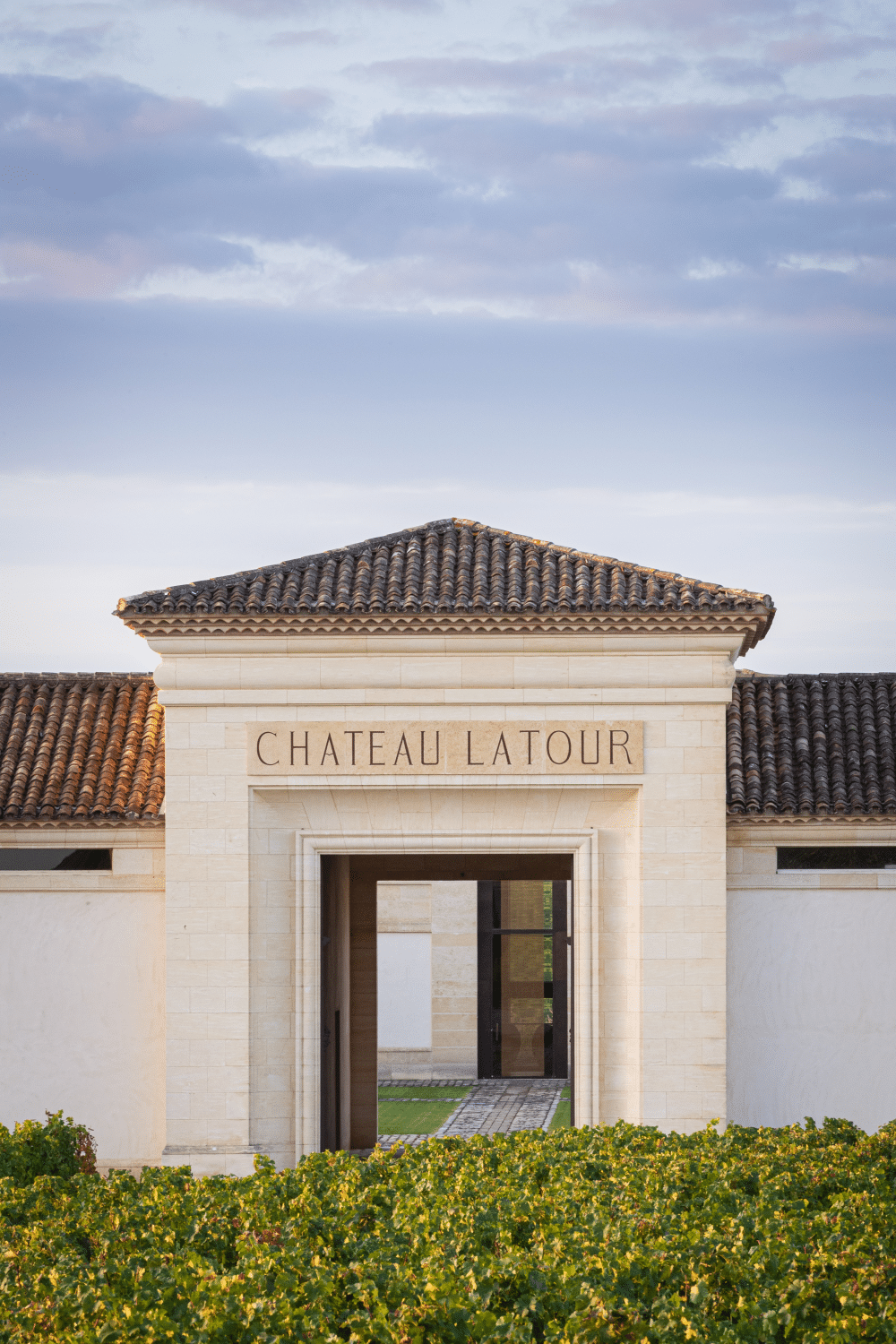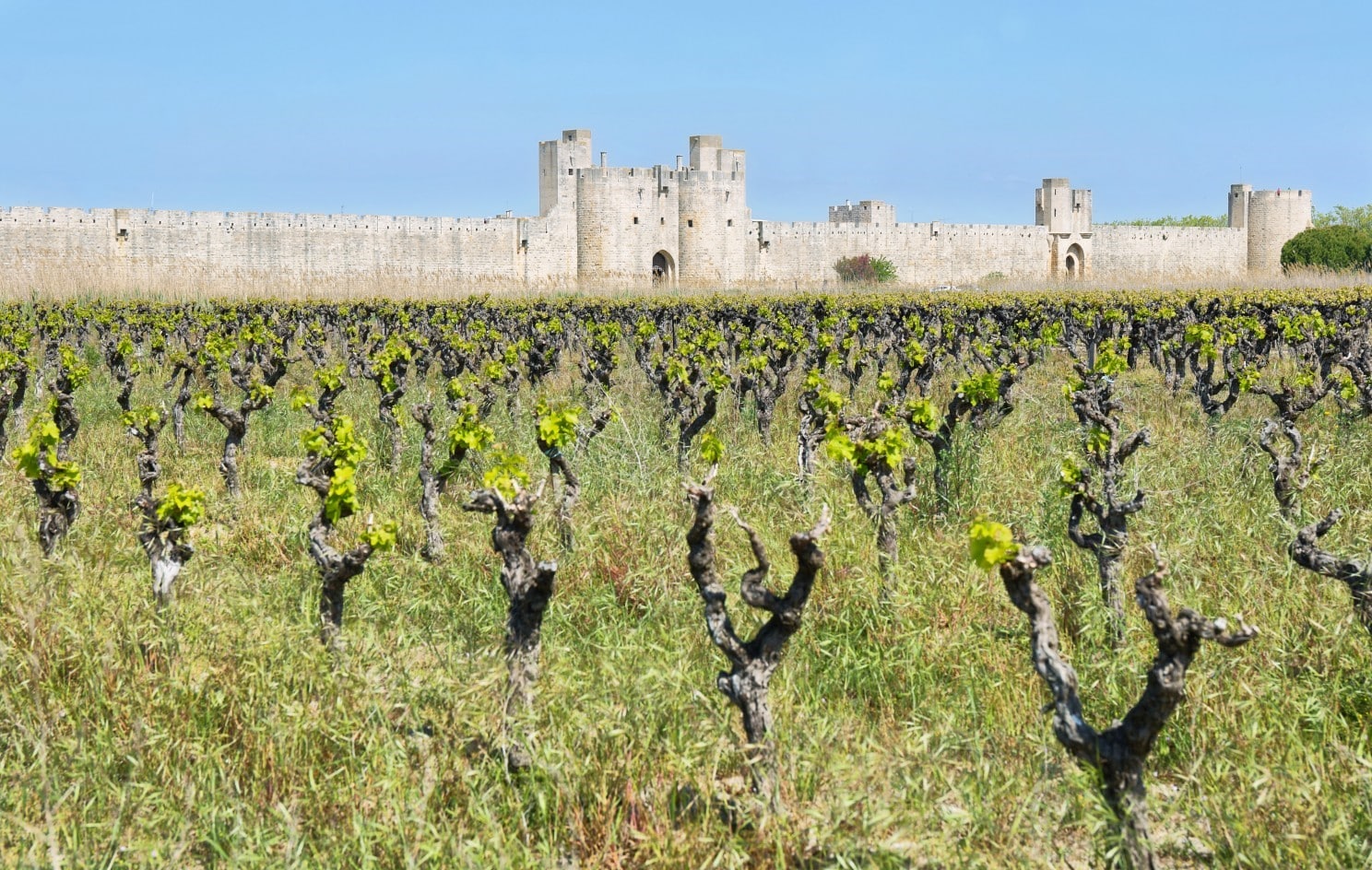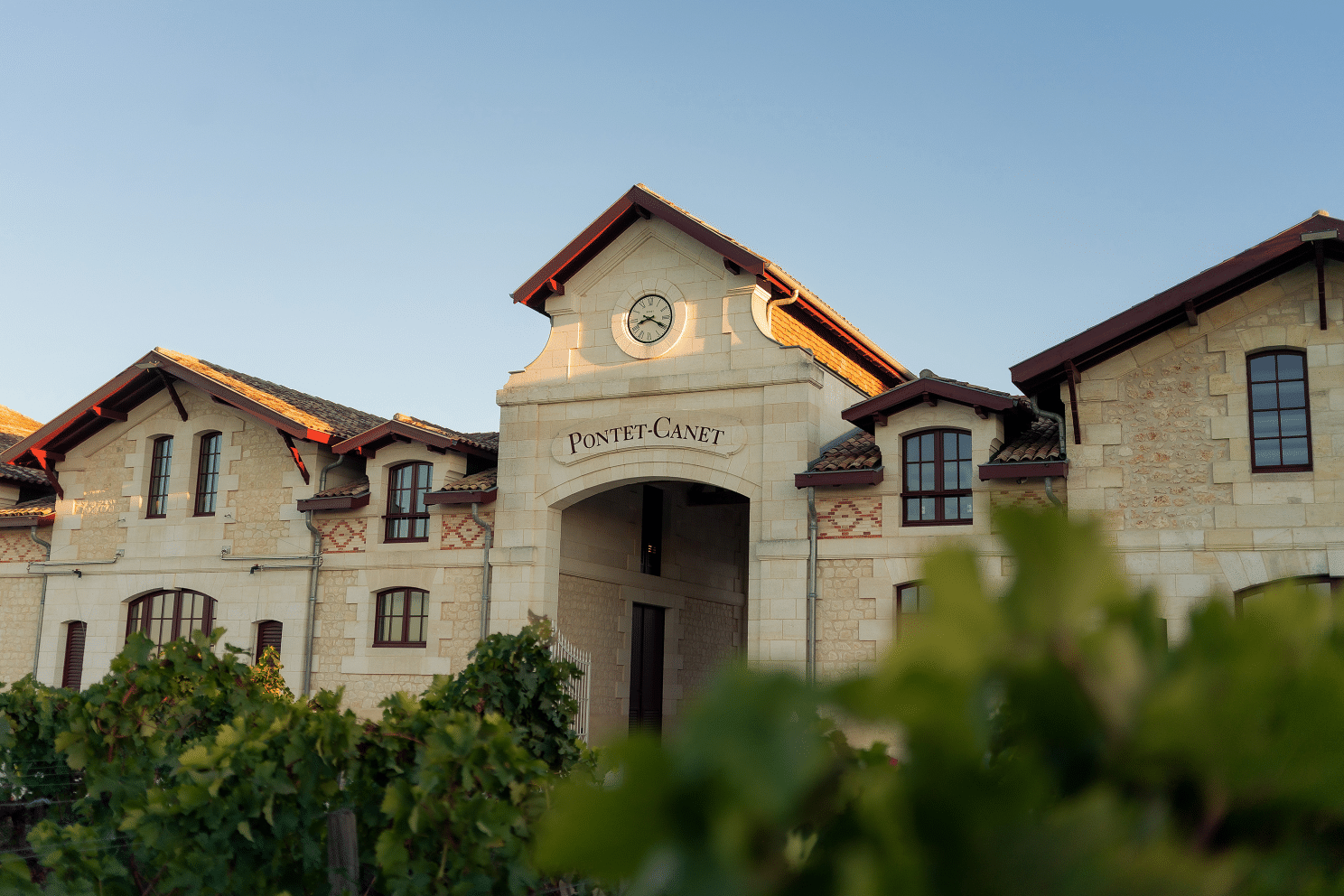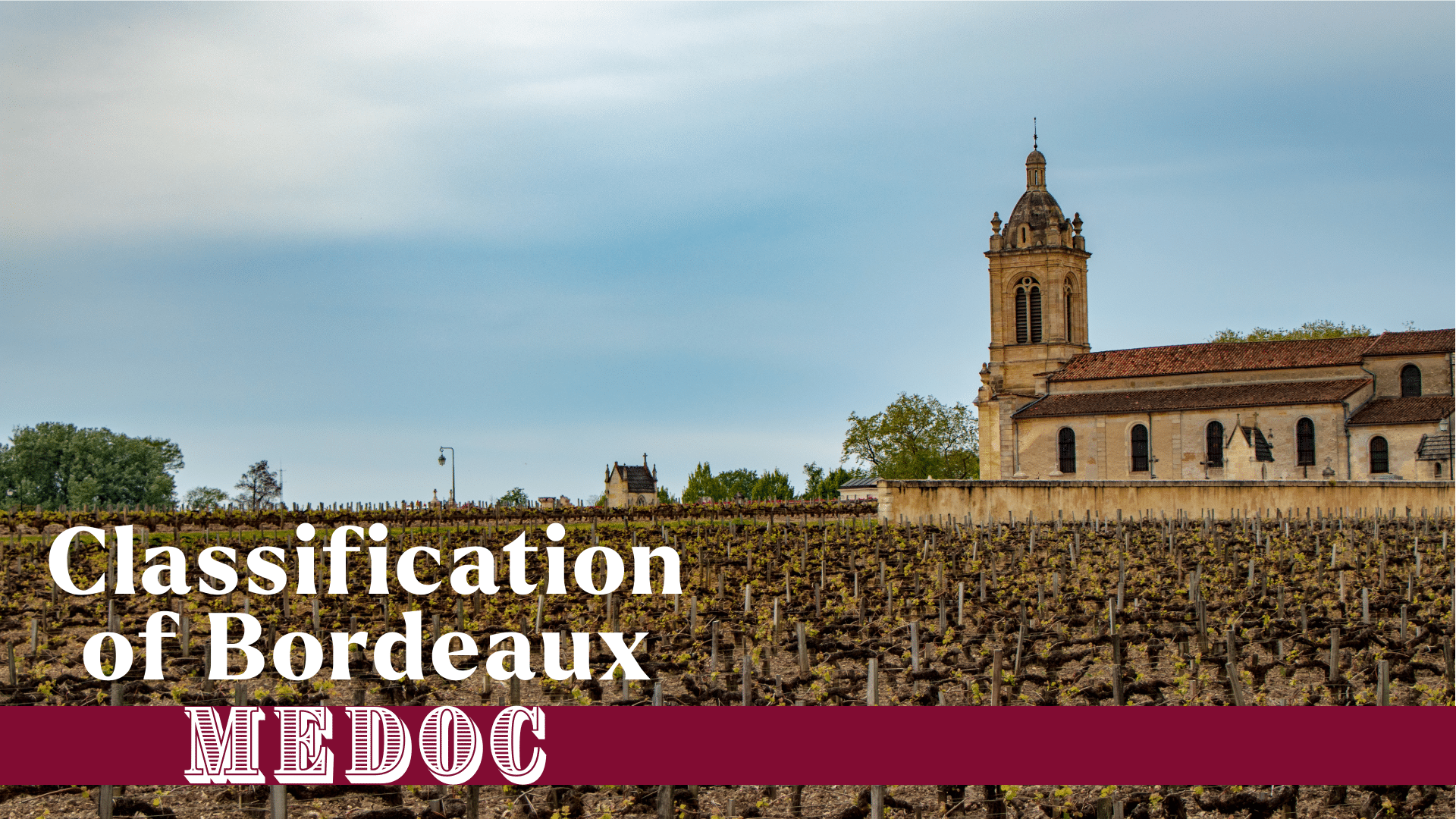Exploring the classifications of the Médoc wine
With this year’s En Primeur campaign well and truly underway, we wanted to ensure that our clients are well-versed in the terminology used in the world of Bordeaux Wines. Where better to begin than by explaining the quality classifications across the famous left bank region of the Médoc and why they matter to your collections?

1855 Grand Cru Classé
The Grand Cru Classé structure is Bordeaux’s oldest and most famous classification system. It dates back to 1855 when Napoleon III, nephew of Napoleon Bonaparte, organised a great exhibition in Paris to showcase all the best that France had to offer. The organisers contacted the senior wine merchants of Bordeaux, already a world-famous wine region, to send their best for the show. Rumour has it that these traders compared price lists and sent up the most sought-after wines at the time ranked in 5 different levels, with the Premier Grand Cru Classé at the top, followed by second, third, fourth and fifth growths. The Grand Cru Classé system, which includes 61 estates, was born today.
Many question why, 170 years later, only one major amendment had ever been made, which saw Château Mouton Rothschild move to become the fifth and final Premier Grand Cru Classé estate in 1973. The argument remains that the best terroir 170 years ago should, in theory, still offer some of the best terroir in the modern day. If you add that to the self-fulfilling prophecy that investment into these famous producers has seen the latest in technology and innovations and attracted some of the finest winemakers around, then you can reasonably conclude that these 60 Châteaux still offer some of the finest potential in the region.

What Should You Be Looking For?
The five Premier Grand Cru Classé producers are Latour, Margaux, Lafite Rothschild, Mouton Rothschild and Haut Brion. They rank amongst some of the world’s most collectable and investment-worthy wines, vintage after vintage. If you have the money and the inclination, you need to look no further when adding Bordeaux’s best to your cellar.
Within these 61 châteaux, however, quite a few producers consistently punch above their station. Even at these fine wine prices, these producers still offer great value for those looking to find it.

Super Seconds
The so-called “Super-Seconds” are Deuxième Grand Cru Classé estates (2nd Growths) that consistently produce wines of Premier Grand Cru Classé (1st Growth) quality levels. This can be determined with a quick browse of historical critics’ scores for their recent vintages, with many of these producers matching (and at times surpassing) the scores granted to the First Growths. Although prices are higher than the rest of the Second Growths, they still trade at a large discount to the First Growths offering good value even at these higher fine wine prices.
Super-Second producers to look out for include Château Leoville-Las-Cases and Château Leoville-Poyferre from Saint Julien, Château Montrose of Saint Estèphe, Château Pichon Baron and Château Pichon Comtesse of Pauillac, and Château Palmer of Margaux.
The Outperformers
Aside from the Super-Seconds, producers from the third, fourth and fifth tiers of the 1855 system have proven fascinating for the fine wine market. This is usually due to focused ownership and the team’s skill put in place in the vineyards and wineries. The two most notable are 5th Growths based in Pauillac, namely Château Pontet-Canet and Château Lynch-Bages. These wines trade at similar levels to the Super Seconds and have become one of the most collectable wines in Bordeaux.

The Cru Bourgeois
For those producers in Médoc outside the 1855 Grand Cru Classé rankings, there is the Cru Bourgeois system, whose first official classification happened in 1932. The initial idea was for the wines to be tested regularly to ensure quality standards were maintained and producers continued to deserve the honour of being a Cru Bourgeois.
Sadly, a mixture of legal battles and alleged nepotism saw the system suffer some serious reputational damage in recent years. However, the rebirth in 2020 of the new and improved Cru Bourgeois, granted for 5 years on blind tastings and a host of sustainability goals, seems well received. The 179 Cru Bourgeois, 56 Cru Bourgeois Supérieur, and 14 Cru Bourgeois Exceptionelle can offer fabulous value, even in the Médoc’s most prized appellations.
150 Word Newsletter
With this year’s En Primeur campaign well and truly underway, we wanted to make sure that our clients are well versed with the terminology used in the world of Bordeaux Wines.
Where better to begin than to explain the quality classifications across the region and why they matter to your collections.
- We begin by explaining the historical context of the Médoc’s famous Grand Cru Classé system, and why it remains the world standard for wine classifications to this day.
- We look at some of the most collectable and investment-worthy wines across the world of fine wine.
- We look which wines can still offer great value within the Grand Cru Classé system.
- We also look at the Cru Bourgeois classification system, why it was started, and why today’s Cru Bourgeois estates can prove fabulous additions to your cellar
Pauillac, St. Estèphe, Margaux. Where to start? So many wonderful wines!
Discover the world’s finest wines with Crurated’s exclusive membership. Access rare allocations, secure storage, and personalized wine concierge services. Join today the elite club of discerning wine enthusiasts.
